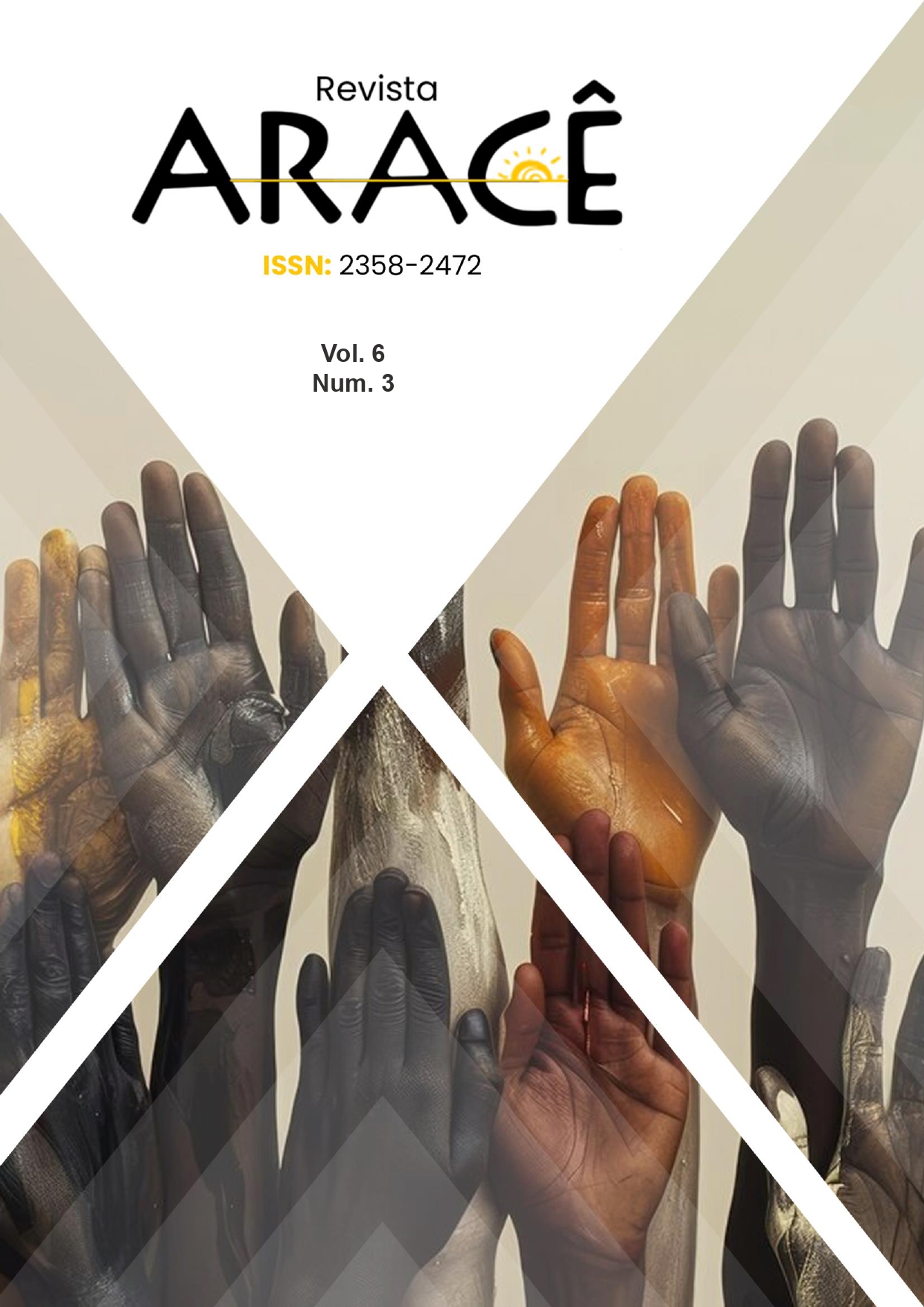RELAÇÃO ENTRE TEMPO DE TELA E NÍVEL DE ANSIEDADE EM ESTUDANTES DE PSICOLOGIA
DOI:
https://doi.org/10.56238/arev6n3-290Palabras clave:
Tempo de tela, Nível de ansiedade, Saúde mentalResumen
O seguinte artigo dispõe uma análise da associação do tempo de tela e os níveis de ansiedade em estudantes de psicologia com base nos resultados obtidos na coleta de dados. A pesquisa foi desenvolvida tendo como base a análise do uso de telas especificamente em acadêmicos do curso de psicologia A problematização advinda do uso extensivo de telas influencia diretamente na saúde mental, alterando os níveis de ansiedade normal que pode suscetibilizar um estado patológico causador de desequilíbrio no desempenho psicológico, cognitivo e físico. Além disso, há possibilidade de gerar um comportamento dependente de telas. Dessa forma, o texto possui como objetivo o caráter explicativo tendo em vista a construção de hipóteses iniciais e a compreensão dos construtos. Como resultado temos que os hábitos de uso envolvem tanto os estímulos sensoriais, como luminosidade, quanto estímulos dopaminérgicos advindo das redes sociais, os quais são potenciais nocivos para o bem-estar social, sobretudo nos níveis de ansiedade, pontuando ainda a potencialidade para um quadro patológico caso não haja uma intervenção psicológica.






